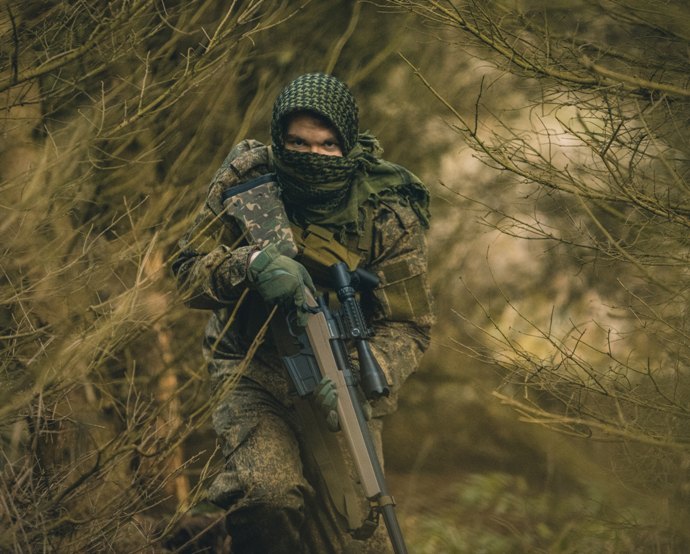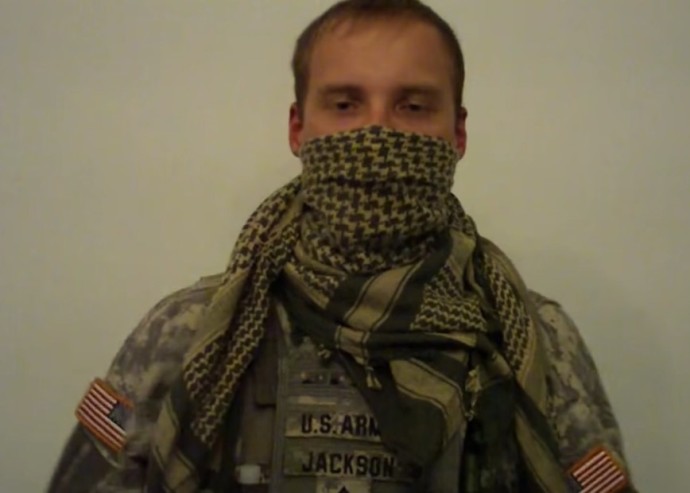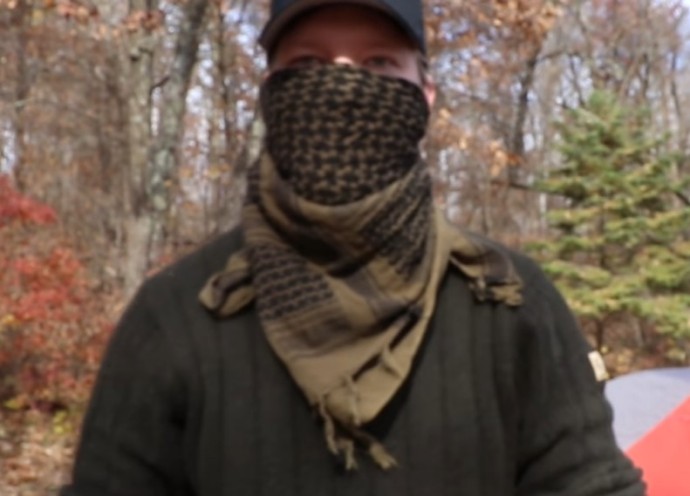Welcome to our comprehensive guide on shemaghs, the iconic and versatile headwear that has captivated cultures across the globe.
In this article, we will delve into the fascinating history, practical uses, and cultural significance of shemaghs.
Whether you are a fashion enthusiast, an outdoor adventurer, or simply curious about this timeless accessory, join us as we explore the remarkable journey of shemaghs.

Contents
Origins and Cultural Significance
Tracing the Roots
Shemaghs, also known as keffiyehs, have a rich heritage deeply rooted in the Middle East. These traditional garments originated in the Arabian Peninsula and have been an integral part of the region’s culture for centuries.
The precise origins of shemaghs can be traced back to ancient Mesopotamia, with historical references dating as far back as 2500 BCE.
Symbolism and Identity
Throughout history, shemaghs have held great cultural significance and served as a symbol of identity for various communities. In Arab cultures, they represent a sense of pride, solidarity, and heritage.
The distinctive patterns and colors of shemaghs often denote regional affiliations, clan associations, or political ideologies, making them a powerful visual expression of individual and collective identities.
Versatility and Practical Uses

Protection Against Harsh Environments
Shemaghs are renowned for their adaptability and functionality, making them a popular choice among outdoor enthusiasts and military personnel alike.
Crafted from lightweight, breathable fabrics such as cotton or linen, these head coverings provide effective protection against harsh environmental conditions.
Sun Protection and Heat Regulation
The desert regions of the Middle East are known for scorching temperatures and relentless sunlight.
Shemaghs offer a versatile solution, shielding the wearer’s face and neck from harmful UV rays while also allowing for efficient heat regulation.
By dampening the fabric and wrapping it around the head, individuals can experience a cooling effect through the process of evaporation.
Dust and Sand Protection
In arid landscapes, where sandstorms and dust clouds pose challenges, shemaghs offer valuable protection for the face and respiratory system.
The tightly woven fabric acts as a barrier, reducing the inhalation of airborne particles and providing relief from the discomfort caused by sand and dust.
Fashion and Style
Beyond their utilitarian purposes, shemaghs have gained popularity as fashion accessories worldwide. Their distinctive patterns, vibrant colors, and draping styles make them a versatile fashion statement for both men and women.
From streetwear to high-end fashion, shemaghs have transcended cultural boundaries and are often incorporated into modern, trend-setting ensembles.

(FAQ) about Shemaghs
What are the different names for shemaghs?
Shemaghs are also known as keffiyehs, kufiyas, or Arab scarves.
Can anyone wear a shemagh, or is it specific to certain cultures?
Shemaghs are worn by people of various cultures around the world, not limited to any specific group. They have become a popular fashion accessory and practical garment for many individuals.
Are shemaghs only suitable for hot climates?
While shemaghs are commonly associated with desert regions and warm climates, they can be worn in different environments. The breathable fabric makes them adaptable to various temperatures and can provide protection from wind, cold, and dust.
How do I take care of my shemagh?
Shemaghs are typically machine washable. It is recommended to follow the care instructions provided by the manufacturer, which may include using a gentle cycle and avoiding bleach or harsh detergents. Air drying is preferable to maintain the fabric’s integrity.
Can I wear a shemagh as a fashion accessory without any cultural implications?
Absolutely! Shemaghs have transcended cultural boundaries and are now embraced as fashionable accessories worldwide. Feel free to incorporate them into your outfits and express your personal style.
Are there specific colors or patterns that hold symbolic meaning?
Yes, certain colors and patterns on shemaghs can hold cultural and regional significance. For example, a black and white shemagh is associated with Palestinian culture, while red and white patterns are often seen in Jordan.
However, it’s important to note that interpretations can vary, and it’s always respectful to be mindful of cultural sensitivities.
Where can I purchase a shemagh?
Shemaghs can be found in various clothing stores, outdoor retailers, and online marketplaces. Look for reputable sellers who offer authentic products made from quality materials.
Conclusion
Shemaghs are more than just pieces of cloth; they embody history, culture, and versatility. From their humble beginnings in the Middle East to their global popularity today, these iconic head coverings continue to captivate and inspire.
Whether you’re exploring the outdoors, seeking protection from harsh environments, or embracing fashion trends, a shemagh is a timeless accessory that transcends boundaries and adds a touch of cultural heritage to any endeavor.
So, embrace the spirit of adventure and tradition—wrap yourself in the story of the shemagh, and let its rich history and versatile charm accompany you on your journey.

